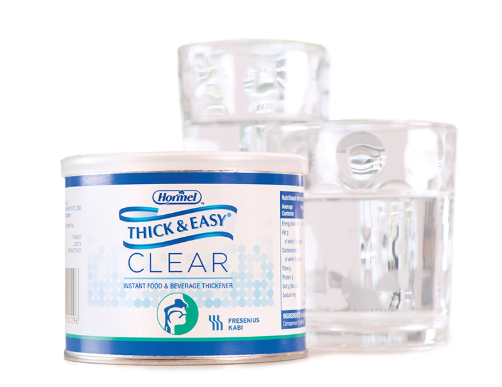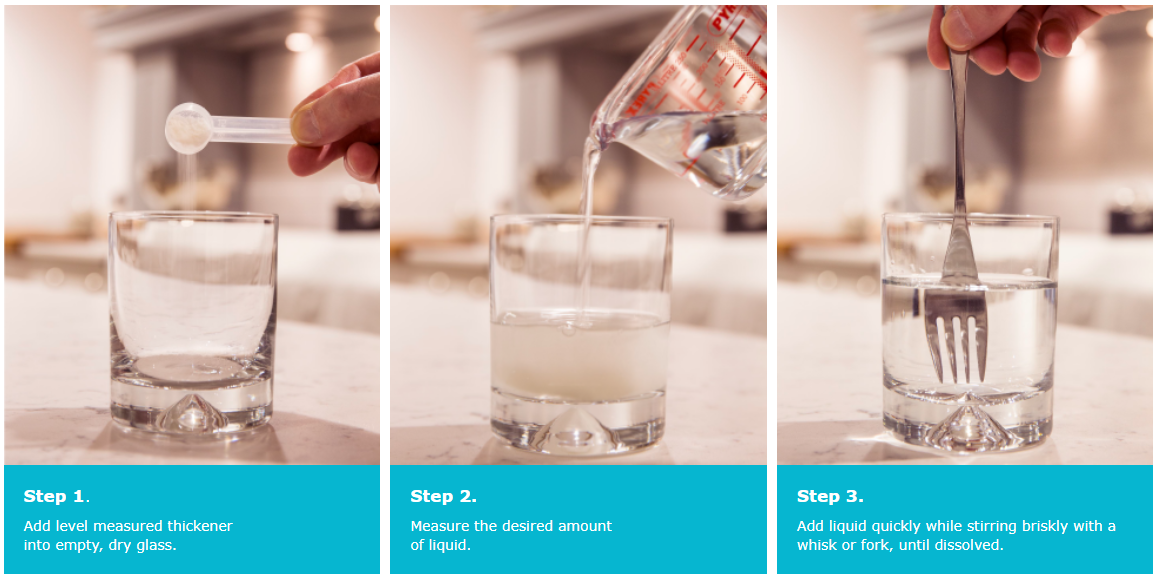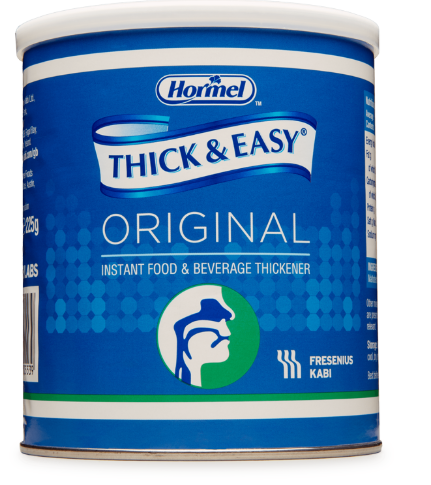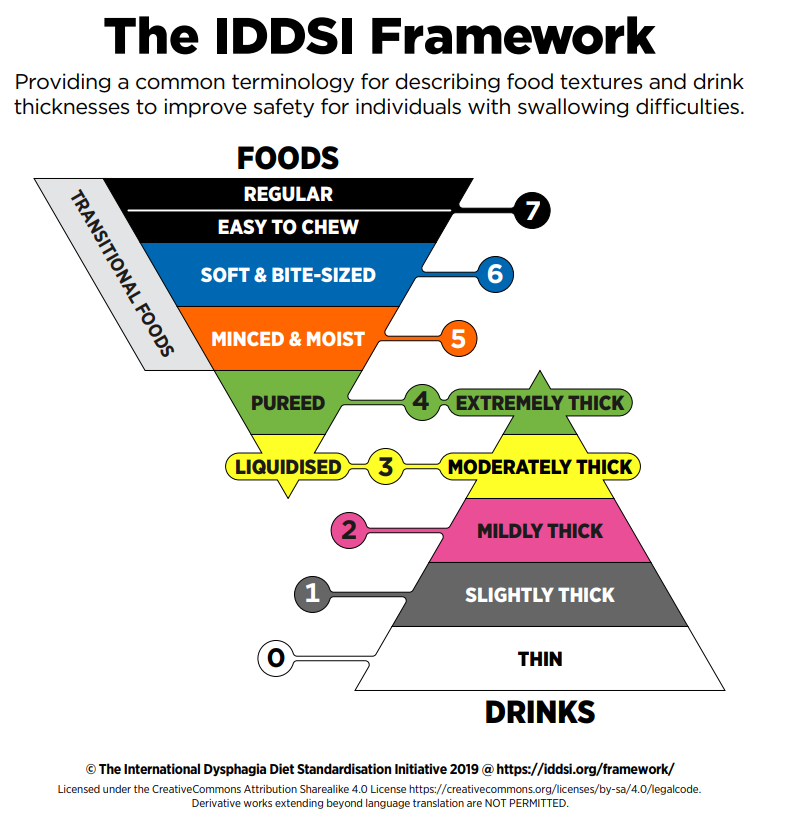What is Dysphagia
Dysphagia describes any difficulty or pain in eating, drinking or swallowing and affects people with a range of conditions1.
Dysphagia could be a side effect of a condition such as a Stroke, Motor Neurone Disease (MND), Multiple Sclerosis (MS), learning disabilities, Dementia, Parkinson's disease, head and neck injury or cancer2.
Muscle weakness, problems with attention and concentration, balance difficulties and poor co-ordination can also affect your ability to swallow.
Difficulty swallowing not only means that you are at risk of dehydration, there is also a risk that food or drink may go into your lungs instead of your stomach.





